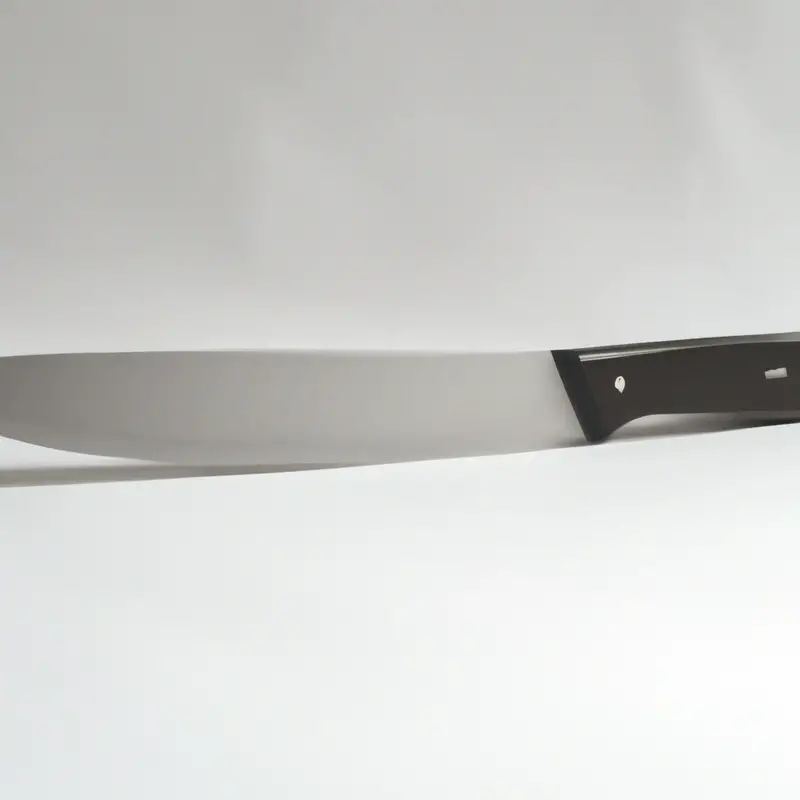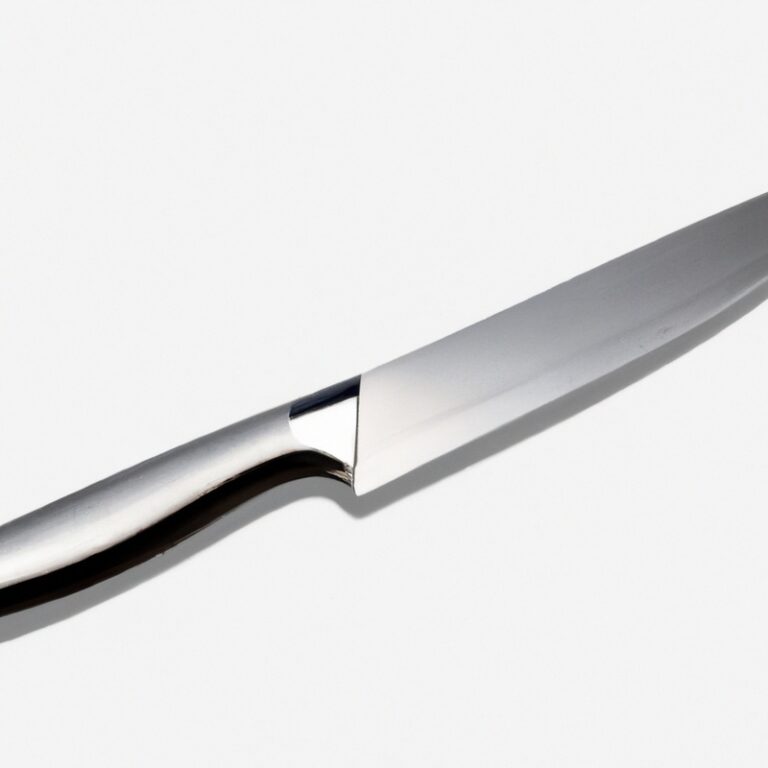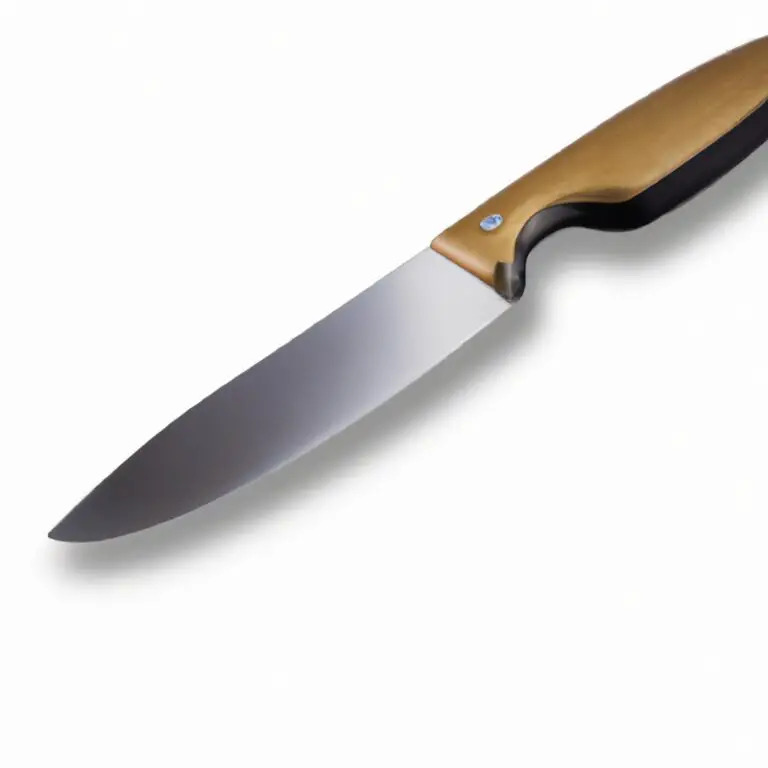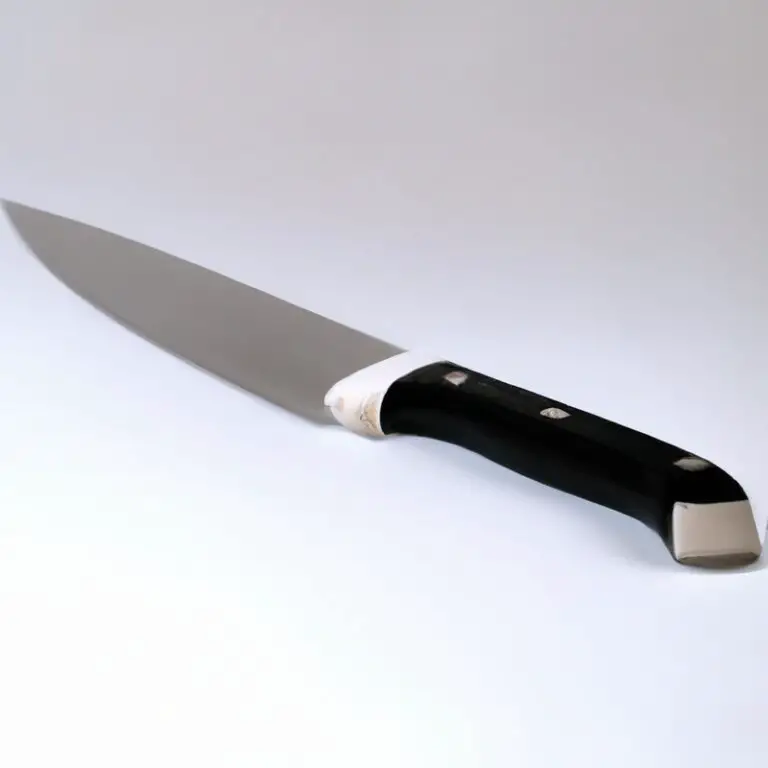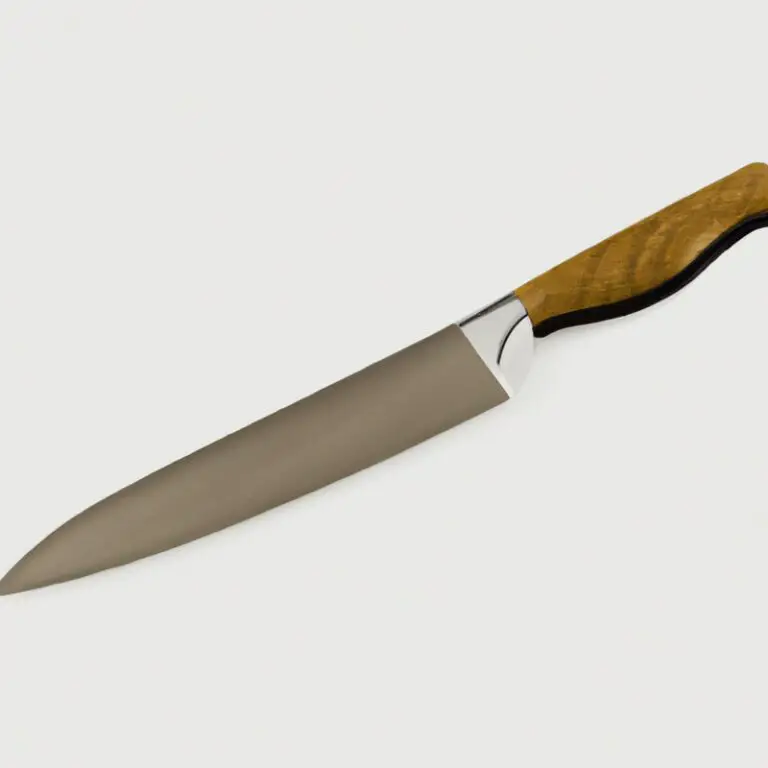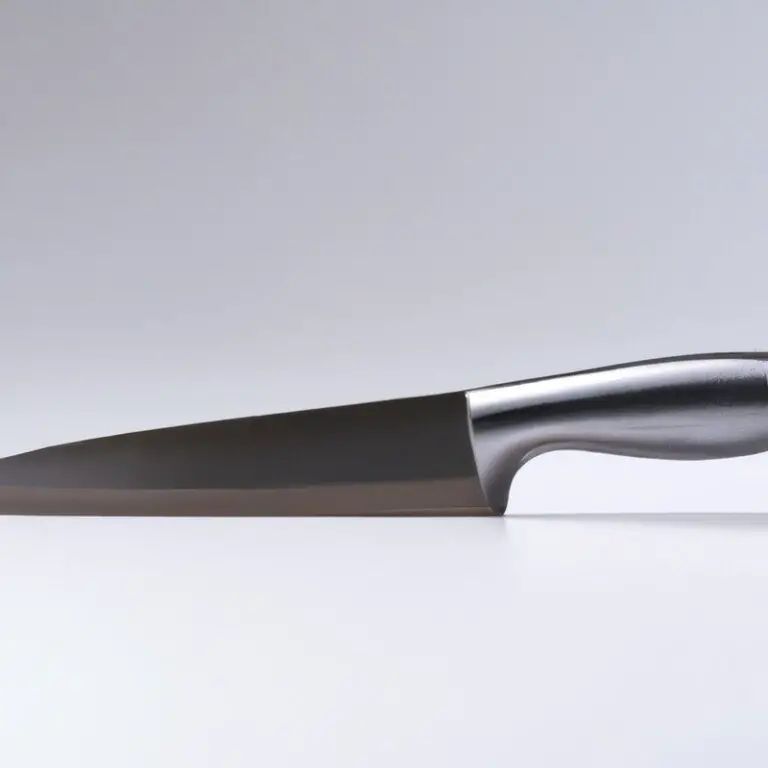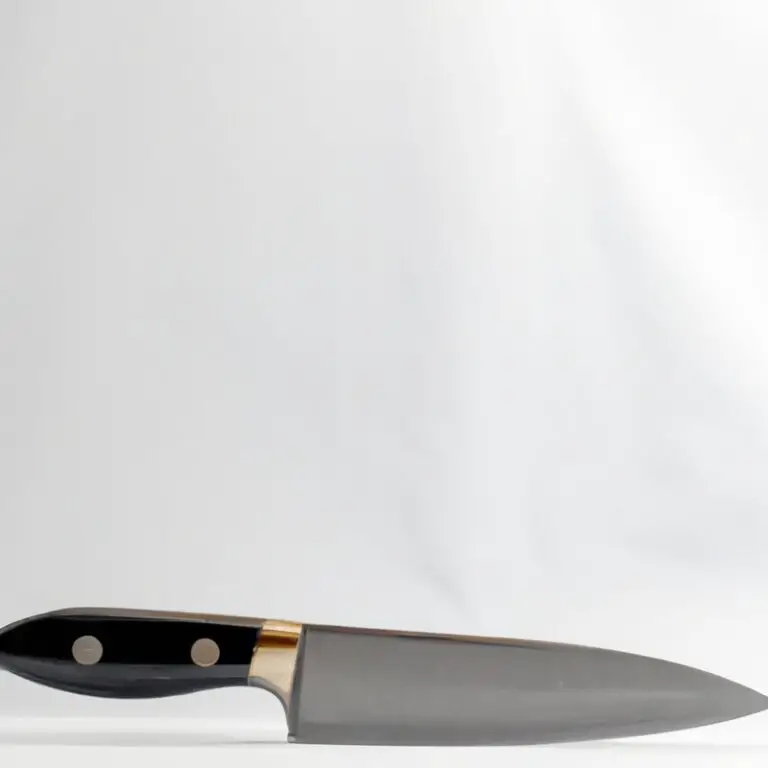How Is a Tourne Knife Used In The Kitchen?
Key Takeaways:
- A tourne knife is a specialized kitchen tool used for peeling and shaping small, curved vegetables and fruits.
- When using a tourne knife, it is important to maintain a firm grip and use a smooth, fluid motion to create uniform cuts.
- Proper care and maintenance, such as regular sharpening and honing, can help prolong the lifespan of a tourne knife.
- While a tourne knife may not be essential for every kitchen, it can be a valuable tool for professional chefs or home cooks who regularly work with intricate garnishes or decorative presentations.
Picture this: You’re in the kitchen prepping for tonight’s gourmet dinner party, but your carrots just won’t cooperate with your standard knife. Enter the tourne knife.
This unique kitchen tool boasts a fascinating design that allows for precise cuts of any vegetable or fruit.
But what sets it apart from other knives? In this article, I’ll explain how a tourne knife can improve your kitchen experience, from its advantages over other knives to proper techniques for sharpening and maintaining it over time.
With a tourne knife by your side, your kitchen prep will never be the same again.
| Task | Description |
|---|---|
| Paring | A tourne knife is used to create a tourne cut, which is a seven-sided football-shaped cut that is used for vegetables. This type of cut is often used for turning potatoes and other root vegetables. |
| Detail Work | It is also useful for detail work, such as removing the eyes from a potato. |
| Precision Cutting | The tourne knife is perfect for making precise cuts. For example, it can be used to cut the tops off of strawberries or to remove the skin from an avocado. |
| Garnishing | The knife is often used for garnishing dishes, such as creating radish roses or carving cucumber flowers. |
What is a tourne knife and its unique design features?
A tourne knife, also known as a bird’s beak knife, is a specialty knife commonly used in professional kitchens to create unique and intricate cuts. Its unique design features a curved and pointed blade that tapers to a sharp point, resembling the beak of a bird.
This design allows for precise and delicate cuts of small fruits and vegetables such as potatoes, carrots, and radishes.
Additionally, the blade has a slightly curved edge that aids in peeling and shaping rounded items. The handle of a tourne knife is typically small and round, allowing for a comfortable and secure grip during use.
Overall, the tourne knife’s specialized design makes it a valuable tool in the kitchen for chefs and home cooks who value precision and attention to detail in their culinary creations.
The advantages of using a tourne knife over other kitchen knives
Advantages of Using a Tourne Knife over Other Kitchen Knives:
- Precision: The tourne knife’s blade is designed to curve sharply, making it easier to control and allowing for precise cuts.
- Versatility: It’s a versatile kitchen tool that can be used for a variety of tasks such as peeling, trimming, and carving.
- Efficiency: Unlike other kitchen knives, the tourne knife’s shape allows for efficient cutting, reducing waste and saving time.
- Ergonomic design: The tourne knife’s unique handle design provides a comfortable grip, reducing the risk of hand fatigue or injury.
- Durability: The tourne knife is made of high-quality materials, ensuring that it remains sharp and lasts longer than other kitchen knives.
The tourne knife has several advantages over other kitchen knives, making it an essential tool in any chef’s kitchen.
Different types of grips for holding a tourne knife while using it
There are several different ways to grip a tourne knife when using it in the kitchen. The choice of grip will depend on personal preference and comfort level.
Here are some commonly used grips:
- Pinch grip – Hold the knife with your index finger and thumb gripping the blade close to the handle, and the other three fingers wrapped around the handle.
- Handle grip – Hold the knife by grasping the handle firmly with all fingers wrapped around it.
- Blade grip – Hold the knife by gripping the blade itself, close to the tip, with your index finger and thumb. The other three fingers can wrap around the handle, or support the blade.
- Hybrid grip – A combination of the pinch and handle grip, with the index finger and thumb gripping the blade close to the handle and the other fingers wrapped around the handle.
Experiment with these grips to find the one that feels most comfortable for you. Remember to always keep your fingers away from the blade and use a firm grip to prevent slipping or injuries.
Proper technique for using a tourne knife to prepare vegetables or fruits
Proper technique is essential when using a tourne knife to prepare vegetables or fruits. Start by holding the knife in your dominant hand with your index finger and thumb on either side of the blade, and your other fingers wrapped around the handle.
To create a tournée cut, begin by trimming the vegetable or fruit to a size that can sit flat and stable on your cutting board.
Then use the blade to remove small, curved, uniform pieces from the vegetable or fruit by angling the blade inward towards the center of the vegetable or fruit while simultaneously rolling it away from you. Make sure to use a smooth and consistent motion, applying only enough pressure to remove the skin or peel without losing too much of the vegetable or fruit itself.
To ensure accuracy and safety, keep your other hand holding the vegetable or fruit at a safe distance away from the blade.
Remember to keep the blade sharp and always cut away from your body, being mindful of your fingers and hands. Practice makes perfect, so take your time and focus on precision and consistency.
With enough practice, using a tourne knife can become a fun and rewarding experience in the kitchen.
How to sharpen a tourne knife and maintain its sharpness over time
To sharpen a tourne knife, use a honing steel to keep the edge aligned and extend its life. Hold the steel vertically and swipe the blade at a 20-degree angle on each side.
A sharpening stone can be used to remove more significant nicks or dullness.
To maintain the sharpness, always clean and dry the blade after use. Avoid contact with acidic foods and store it in a knife block or magnetic strip.
Regular honing and occasional sharpening will keep the tourne knife sharp and in good condition for extended periods.
Ways to select a high-quality tourne knife based on personal preferences and needs
When selecting a high-quality tourne knife, it’s essential to consider your personal preferences and needs. Here are a few tips to help you make an informed decision:
- Blade Material: Look for a durable and sturdy blade material such as high-carbon stainless steel or Damascus steel. These materials are known for their hardness, resistance to corrosion, and excellent edge retention.
- Blade Shape: Choose a tourne knife with a sharply curved blade that tapers to a fine point. It helps you achieve precise cuts, peeling, and carving tasks with ease.
- Handle Ergonomics: Go for a handle that offers a comfortable grip and fits perfectly in your hand. The handle material should also be hygienic, slip-resistant, and easy to clean.
- Size and Weight: Consider a knife that balances the blade, handle, and weight distribution. A heavier knife provides more stability and control, while a lighter knife allows for faster movements and precision cuts.
- Brand Reputation: Research the reputation of the knife brand and read online reviews from customers who have used the product to ensure credibility, expertise, and trustworthiness.
By considering these factors, you can select a high-quality tourne knife that suits your needs and preferences and enhances your culinary experience.
Understanding the different blade materials available for tourne knives
Tourne knives can be made from different blade materials, each with its unique benefits. Stainless steel is a popular option because of its durability and resistance to rust and corrosion.
However, it may not hold its edge as well as other materials.
Carbon steel is another popular choice as it can hold a sharp edge for an extended period. However, it requires more maintenance to prevent rusting and staining.
Ceramic blades are also available for tourne knives, offering exceptional sharpness and resistance to wear and tear.
However, they can be brittle and require specialized sharpening tools. Ultimately, the choice of blade material depends on personal preference and needs.
Unique kitchen tasks that are well-suited for using a tourne knife
Unique Kitchen Tasks Suited for a Tourne Knife: A tourne knife is a versatile tool, but it is particularly well-suited for specific kitchen tasks such as peeling, carving, and shaping vegetables and fruits. Its curved blade enables precise cuts and adjustments to the shape of food items.
- Peeling: A tourne knife’s curve makes it easy to maneuver around the contours of fruits and vegetables. Use it to peel potatoes, carrots, and apples, among others.
- Carving: Its pointed tip and curved blade allow for intricate designs and carvings on food items.
- Shaping: Tourne knives are excellent for transforming food into aesthetically pleasing shapes, such as turning potatoes into barrel shapes.
- Trimming: Tourne knives are ideal for removing the eyes or blemishes from vegetables, such as the eyes on a potato.
A tourne knife is an essential kitchen tool that adds precision and variety to meal preparation. Its unique design makes it well-suited for specific kitchen tasks, including peeling, carving, shaping, and trimming fruits and vegetables.
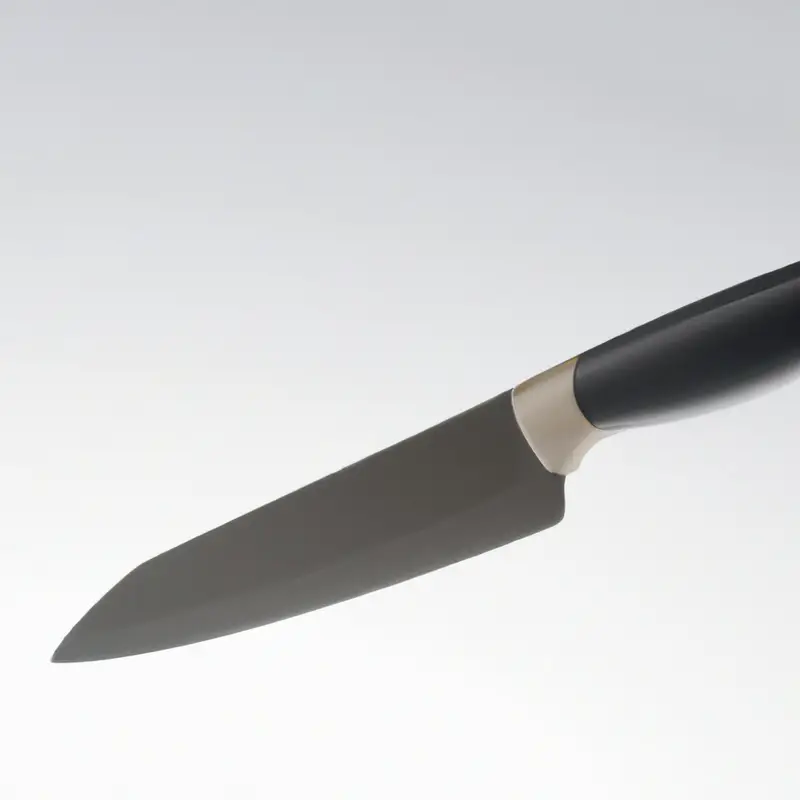
Tips for improving hand-eye coordination when using a tourne knife
Improving hand-eye coordination is crucial when it comes to using a tourne knife. Here are some tips to help you achieve it:
- Practice makes perfect: Take some time to practice with the tourne knife, even if it’s just for a few minutes every day. The more you use it, the more your hand-eye coordination will improve.
- Start slow: Don’t rush the process. Begin by practicing with slow and steady motions, so you can focus on accuracy.
- Focus on the blade: Keep your eyes on the blade and let your peripheral vision guide the movement of the knife.
- Use your non-dominant hand: To improve your coordination, try practicing with your non-dominant hand. This will help your brain develop new connections and improve your overall control.
- Avoid distractions: When using a tourne knife, it’s essential to focus on the task at hand. Avoid distractions and try to create a quiet work environment.
By following these tips, you can improve your hand-eye coordination when using a tourne knife and become more efficient in the kitchen.
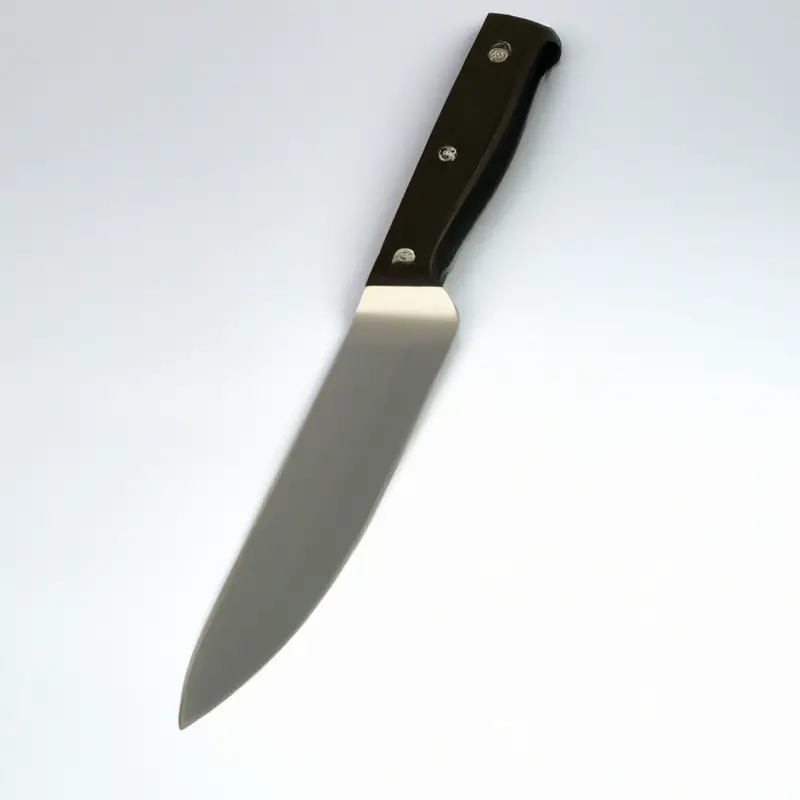
The importance of safety measures when using a tourne knife in the kitchen
Safety should always be a top priority when using any type of knife, including the tourne knife. As the blade is curved and pointed, it can easily slip and cause serious harm to the user.
Here are some key safety measures to keep in mind when using a tourne knife:
- Always keep the blade facing away from your body and other people around you.
- Make sure the blade is sharp because a dull blade requires more force to cut, making it more likely to slip.
- Hold the handle firmly with a secure grip to avoid any potential slip-ups.
- Use a cutting board to avoid damaging your countertop or accidentally injuring yourself.
- It is advisable to wear a cut-resistant gloves while using a tourne knife.
By following these safety measures, anyone can safely use a tourne knife in their kitchen to achieve precision cuts without any unfortunate accidents.
Final Verdict
The tourne knife is a unique and versatile tool that can add precision and artistry to your kitchen skills. With its curved blade and small size, it is particularly suited for tasks such as peeling and shaping vegetables and fruits.
By selecting a high-quality tourne knife, practicing proper technique, and prioritizing safety, you can elevate your kitchen experience and impress your guests with your culinary creations.
Trust in the information presented in this article and embrace the potential of the tourne knife to unlock a new level of creativity in your cooking and food preparation.

